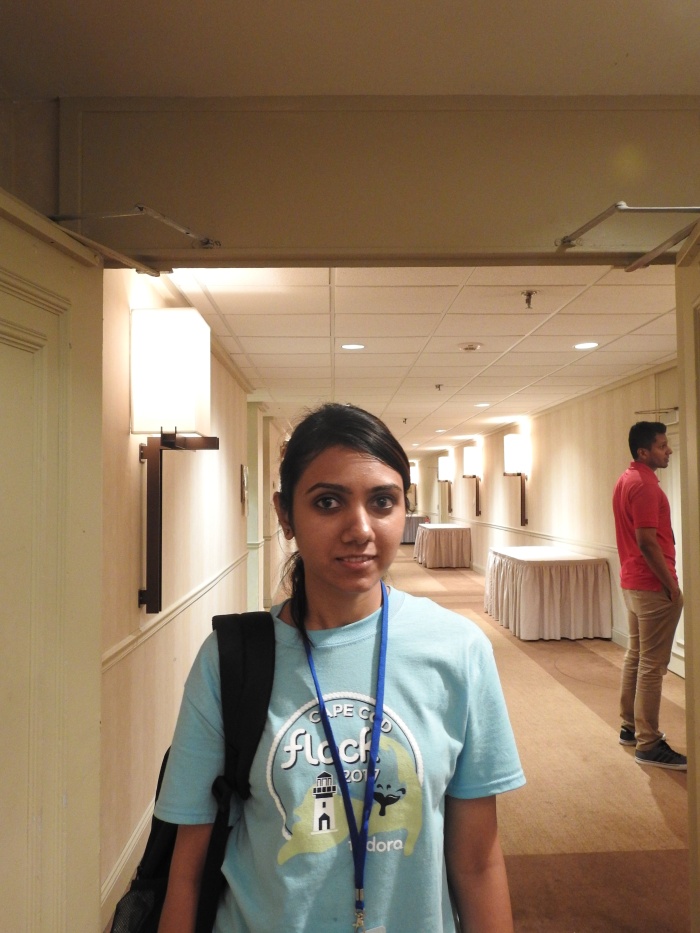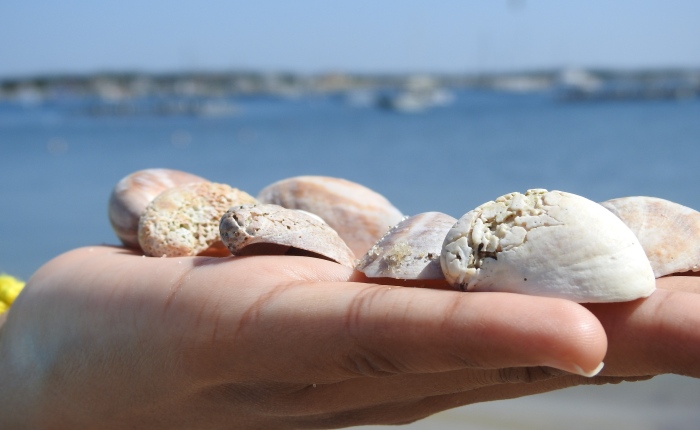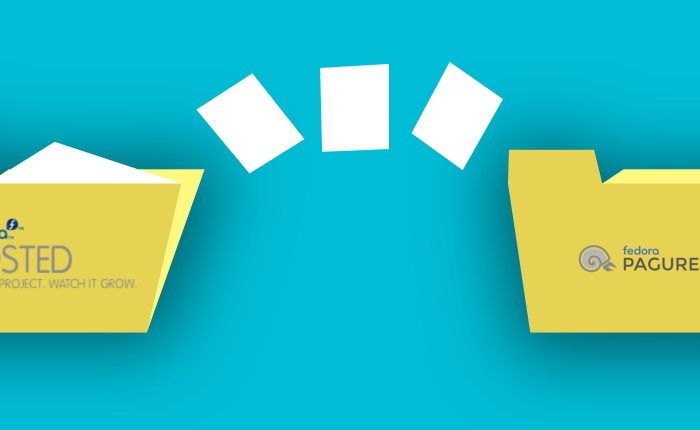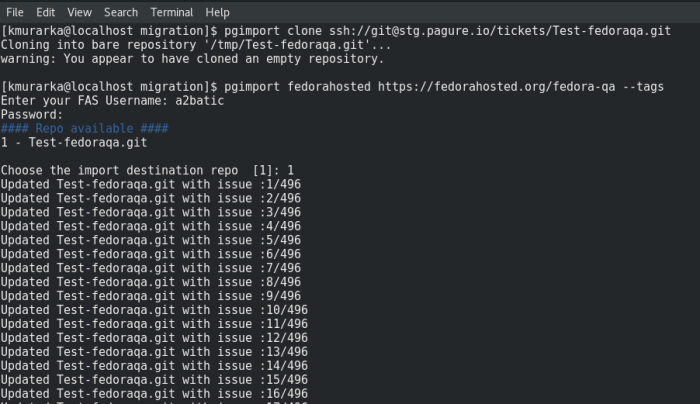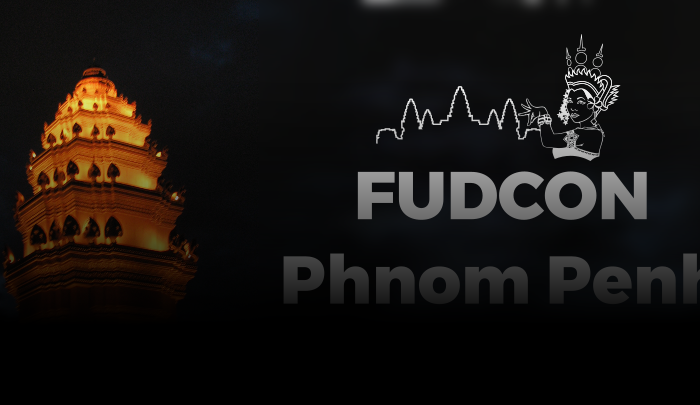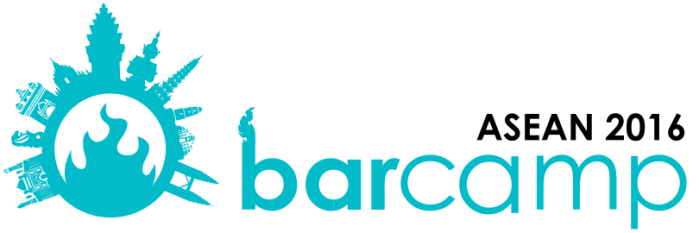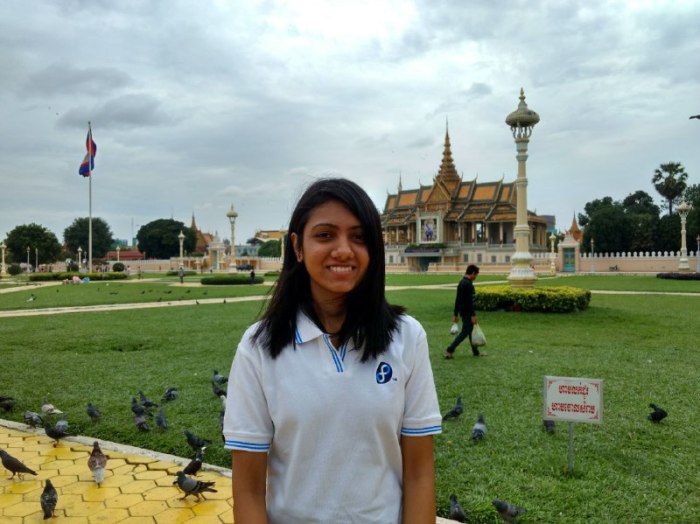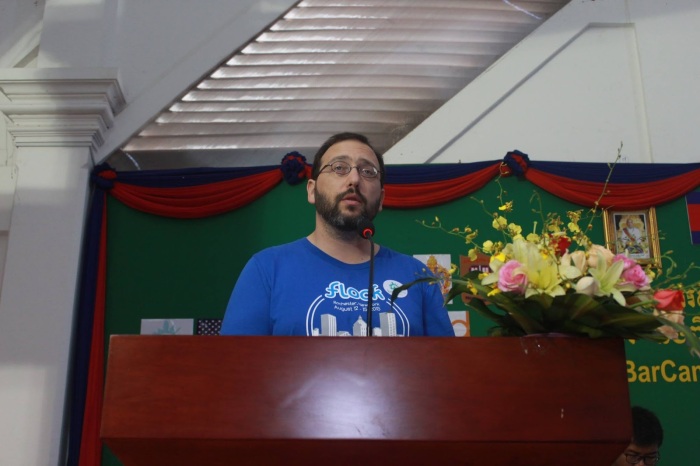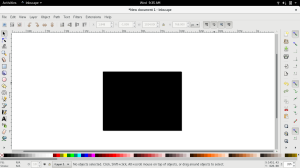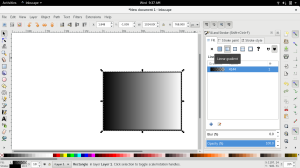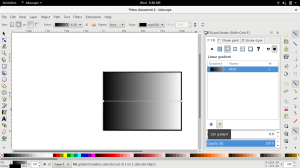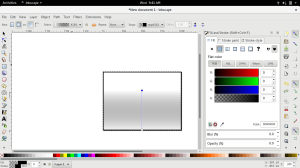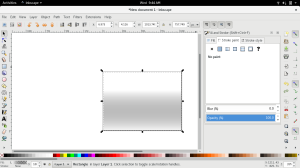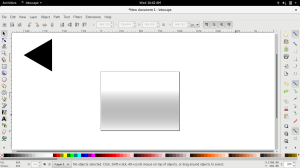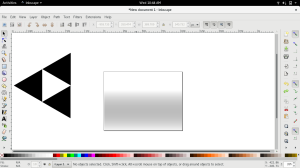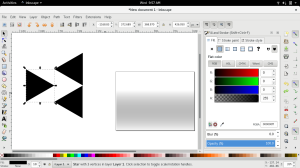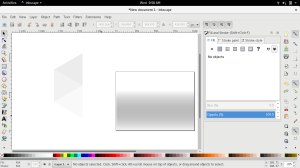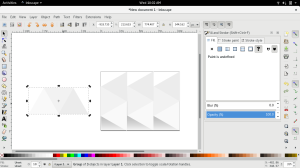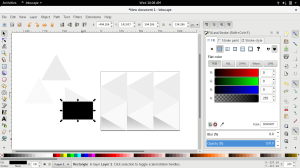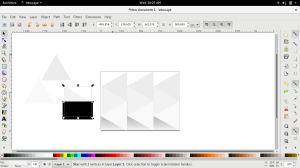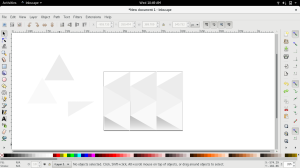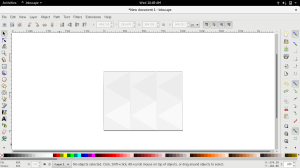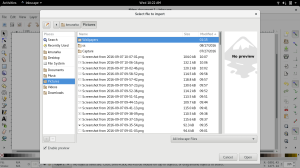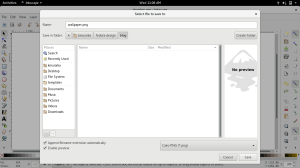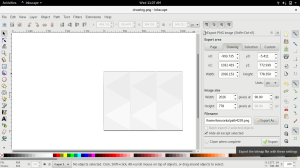Its really awesome to travel to meet people who inspired you and whom you can only meet online.
On 29th August, I got a chance to fly down to Hyannis, Massachusetts to attend Fedora global Conference, Flock’2017. Being contributing to Fedora for more than an year now, it was my second Fedora conference other than local meetups and Fedora release parties. Also, it was my first trip to US :).
I was working on a Symbol library under the guidance of Mairin Duffy, my next blog will talk more about this library.
I was traveling with Sumantro Mukherjee, who is newly elected member of Fedora Ambassador Steering Committee and Fedora Qa contributor 🙂 and Sinny Kumari, who is contributing to Fedora architecture for long now. We boarded our flight from Bangalore Airport on 29th August morning, although we were little worried about jet lag yet we were full of excitement and enthusiasm.
We landed at Logan International Airport of Boston at around 4 pm and took a bus to Hyannis. We reached the venue (The Resort and Conference Center at Hyannis) late around 9pm. The room was clean and pretty. The view from my room was a never ending golf course which seemed amazing.

Conference day #1
Flock started with a powerful opening speech given by Brian Exelbierd and Matthew Miller. Also, I volunteered for Fedora Badge Design Workshop where I explained about my project, how can they use it, its advantages and disadvantages, you can find my slides here. The workshop was organized by Marie Nordin and Masha Leonova, I managed to make one badge in the workshop -> https://pagure.io/Fedora-Badges/issue/342. After that I headed towards Fedora Magazine session taken up by Paul Frields, Ryan Lerch and Justin W Flory, it was quite interactive session, I enjoyed the discussion and also gave suggestions.
Conference day #2
It was raining, so we had breakfast in the resort itself, it was good and not too expensive. After that I attended a session on Simple User Testing- early and often by Jennifer Kotler, although I was little late but I managed to gather few important points at the end. She explained how can one write unit tests for particular type of mockups, it was great the way she explained with examples. The next session I attended that day was Fedora Hubs Hackerfest, since I have contributed to this project in past, so I really wanted to attend this session. It was taken by Aurelien Bompard and Sayan Chowdhury. They made widget making in Hubs so easy :).
Conference day #3
I went out for breakfast with Sumantro Mukherjee and Sayan Chowdhury, walking on streets of Hyannis was an another experience altogether, the roads were peaceful and beautiful. We clicked a lot of photos on the way.
This day I attended Suzanne Hillman‘s session on her UX design case study for Fedora contributors as part of her Outreachy project, I really liked this session as she explained everything she has been doing in her project. The next session was on Fedora design pattern library given by Mairin Duffy. She introduced us the project PatternLab that she is working on and how we can contribute to it. This session was followed by a Design Hackerfest where we started contributing to PatternLab project.
Later on this day, I went out for dinner with Adam Williamson, Lukas Brabec, Tim Flink and Sumantro Mukherjee. I was really glad to meet them as a team member.
Conference day #4
The last day was all about thank giving and winding up session. I met all the people I could meet.
It was great to meet and talk to Adam Willamson and Mairin Duffy, as I have talked to them many times over mails and IRC. Also, I got to meet Robert Mayr (robyduck), Sachin S. Kamath, Justin W Flory, and many more great contributors.
All in all, It was a great experience and I would like to thank Fedora community for inviting me for this conference.
I also explored Boston and New York City on this trip. Glimpse of my trip:-
